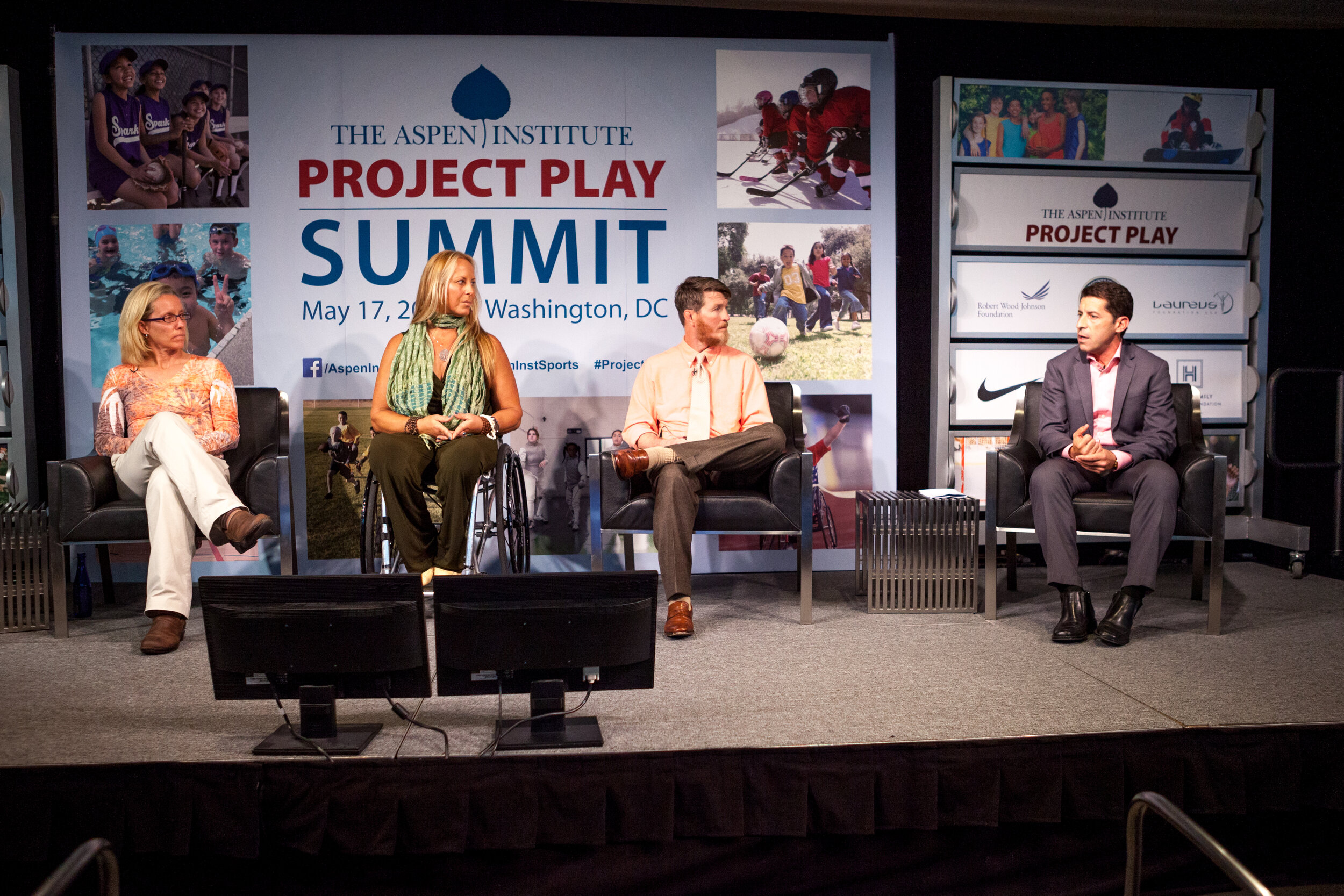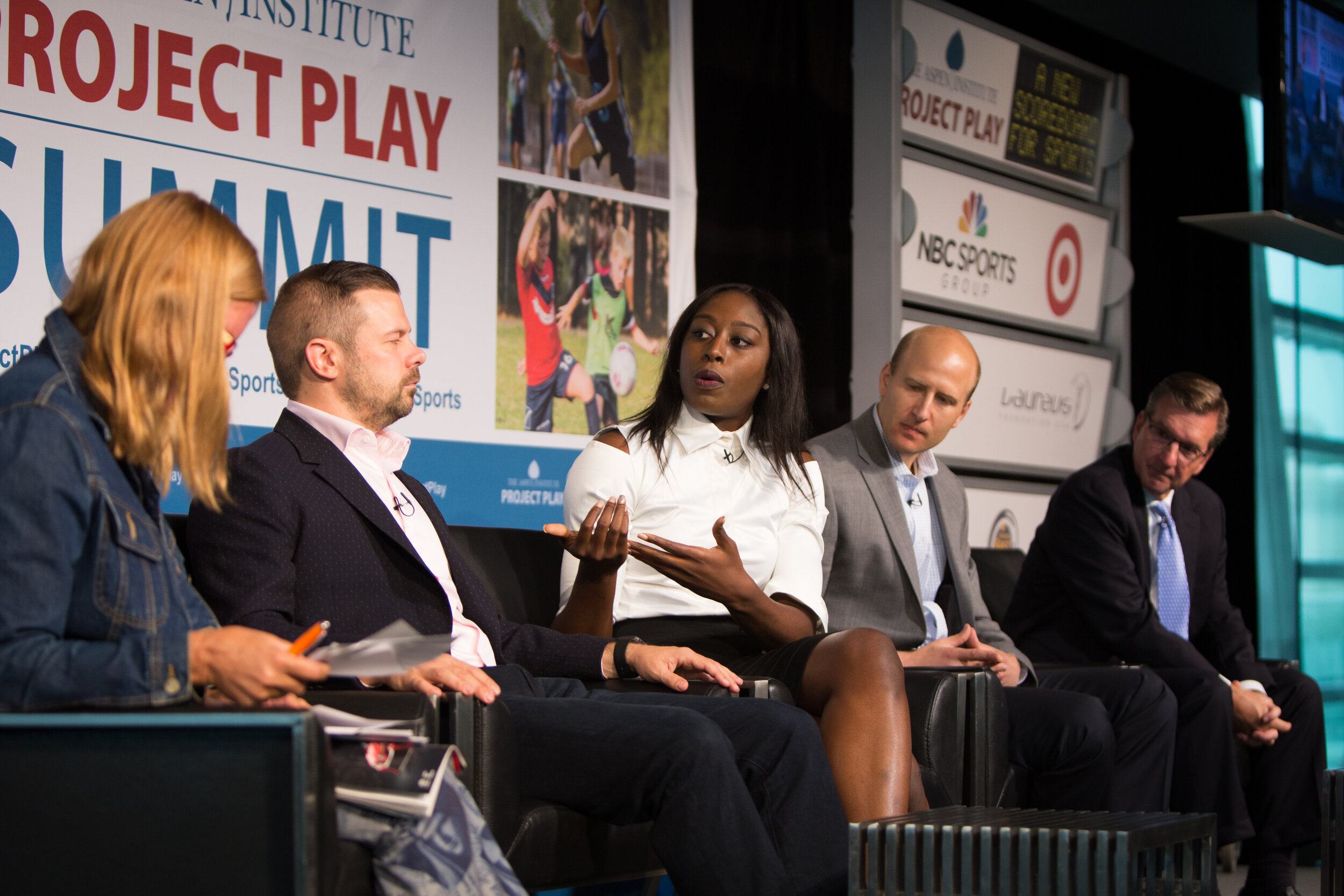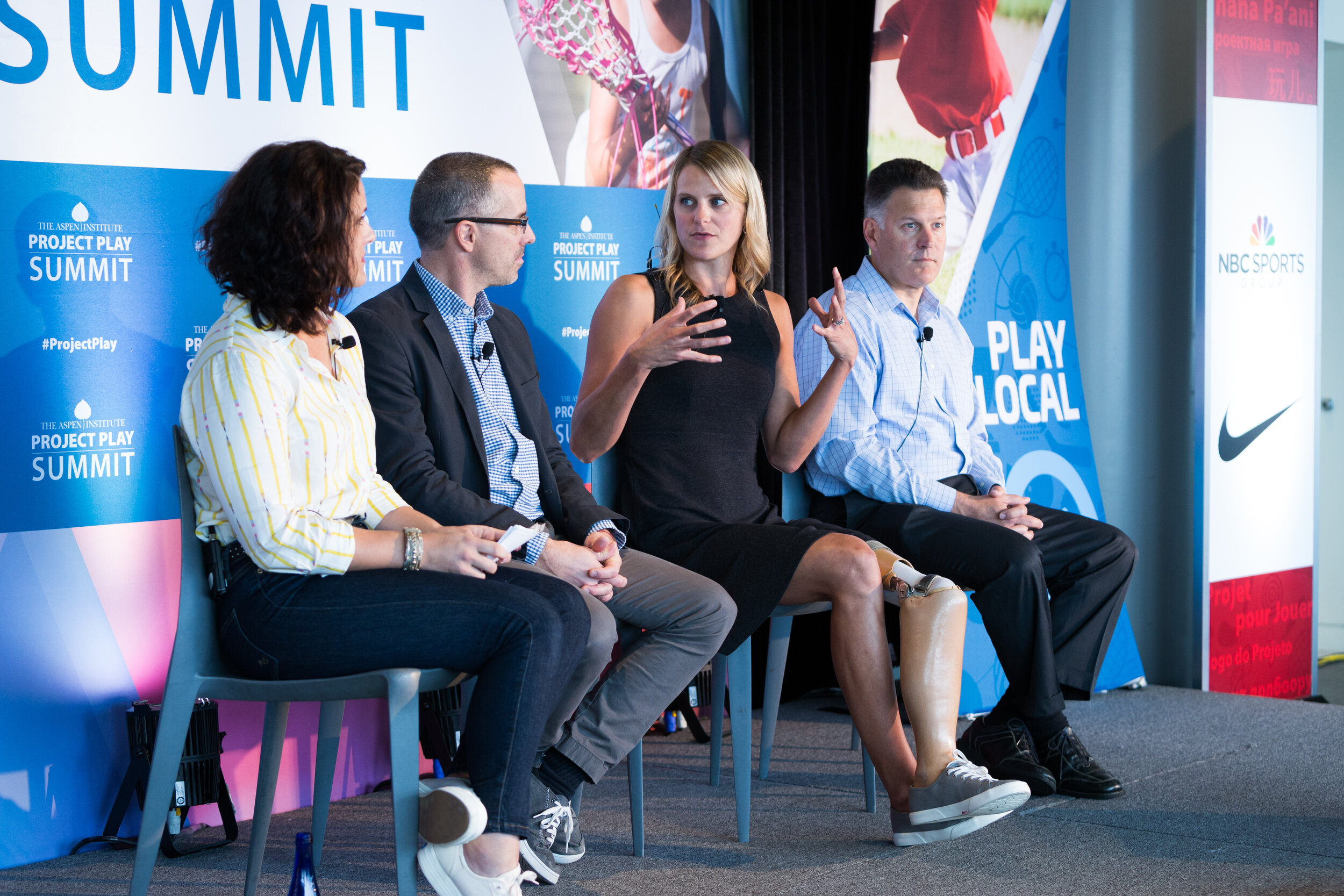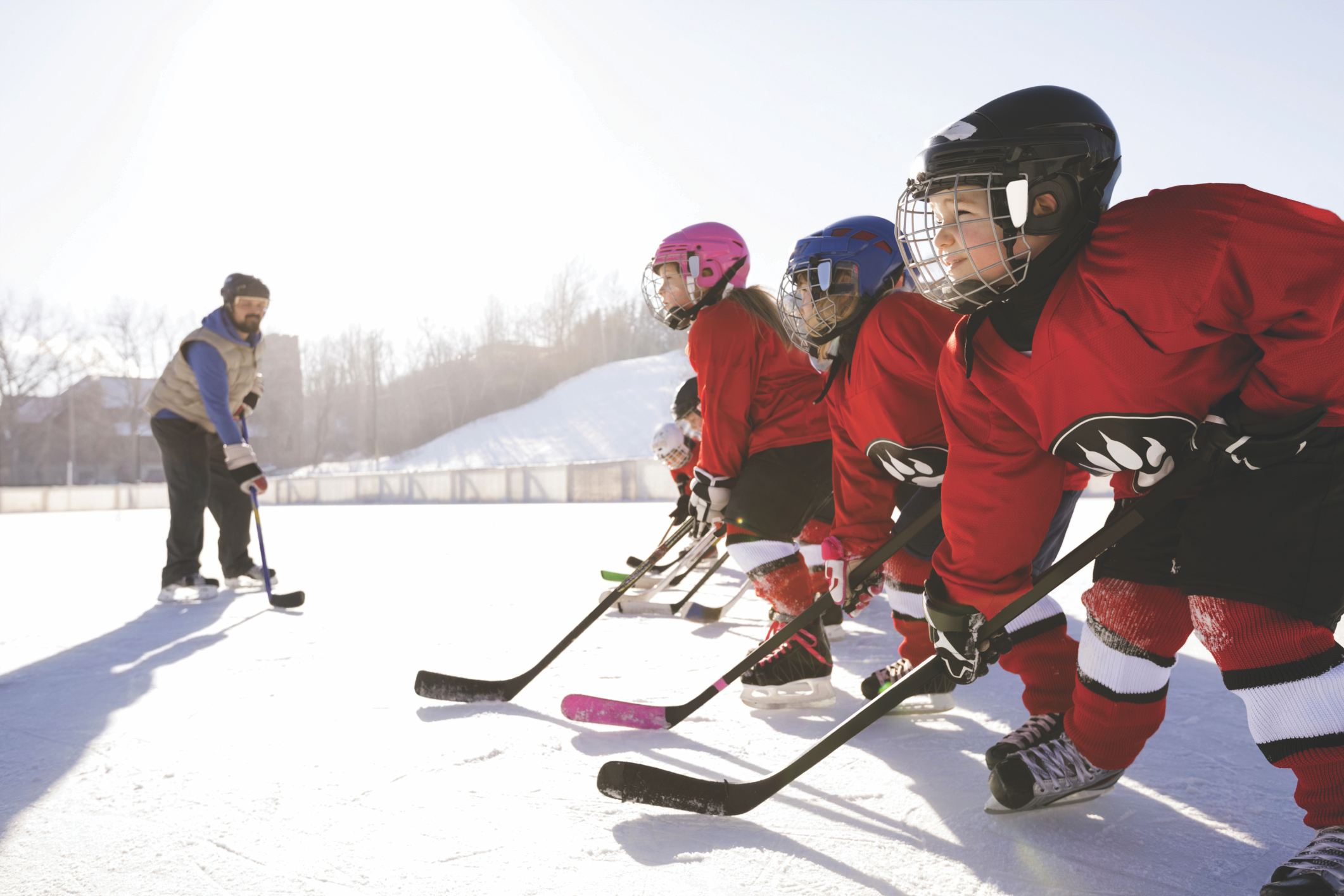It’s intuitive — organized youth sports programs, like schools, subdivide kids by age, to put kids in an environment where they are more likely to succeed. But truly supporting youth development requires a deeper understanding, like recognizing that most kids lack the neural connections to throw straight before age 6. Most kids struggle to strike balls before age 8. Few kids can jump with proficiency until age 10 or 11 (Seefeldt and Haubernstricker, 1982). That’s why we need to recognize each child’s mental, emotional, and physical stage of development and a measure of success every kid can reach: personal improvement.
From Sport for All, Play for Life:
The U.S. Olympic and Paralympic Committee (USOPC) has pledged to introduce sanity into the system. In 2014, its leadership embraced the American Development Model (ADM), a potentially game-changing initiative to “unify national governing bodies and community programs in keeping Americans active in sport longer.” The model combines sport, play, education, and health through a five-stage pathway based on a child’s growing capacities. The first principle is a commitment to fun, as kids define it at each age level (United States Olympic Committee, 2014). Parents tend to assume that skills are best developed in full-size, organized games. But on a field or court of 16 to 22 players, and with just one ball, a child only gets so many touches. ADM encourages training sessions where lots of balls can be used and foundational motor skills can be developed more easily in low-pressure environments. The philosophy holds the prospect of making room for the late bloomer, given the early emphasis on individual development over team achievement.
How to Build an Athlete for Life
USA Hockey’s first three stages of the American Development Model.
IDEAS
“Everybody develops at their own pace. The most important thing is just continuing to do the work piece by piece, and ... not to get frustrated because a kid is not developing as quickly as you want them to.”
Kobe Bryant, NBA legend
RESOURCES
5 ways to ensure your child is participating in appropriate training & competition
Learn more in this one-pager created for Project Play by the U.S. Olympic and Paralympic Committee.
SUMMIT SESSIONS





“How can you choose a major in sports before 14? How can you choose what you're going to be great at? Your body hasn't even developed. You haven't even grown.”
Chris Webber, NBA All-Star
FINDING SUCCESS
USA Hockey pioneered ADM, introducing the model in 2011 to stem attrition — 43 percent of kids were quitting the sport by age 9 — and develop more skilled players. Coach and parent education on best practices at each age group were pushed down the pipeline. Bodychecking and national championships were eliminated at the 12-and-under age level. A 3:1 practice-to-game ratio was promoted, and the pucks were made lighter. Clubs were asked to play 4 vs. 4 cross-ice at the youngest age groups, allowing more kids on the ice at a lower cost to families. A 2014 study found ADM delivered physical activity and skill instruction to 60 percent more kids. Hockey is now one of the few team sports with rising participation.
For more ideas, read about the commitments made by Project Play Champion organizations here.


